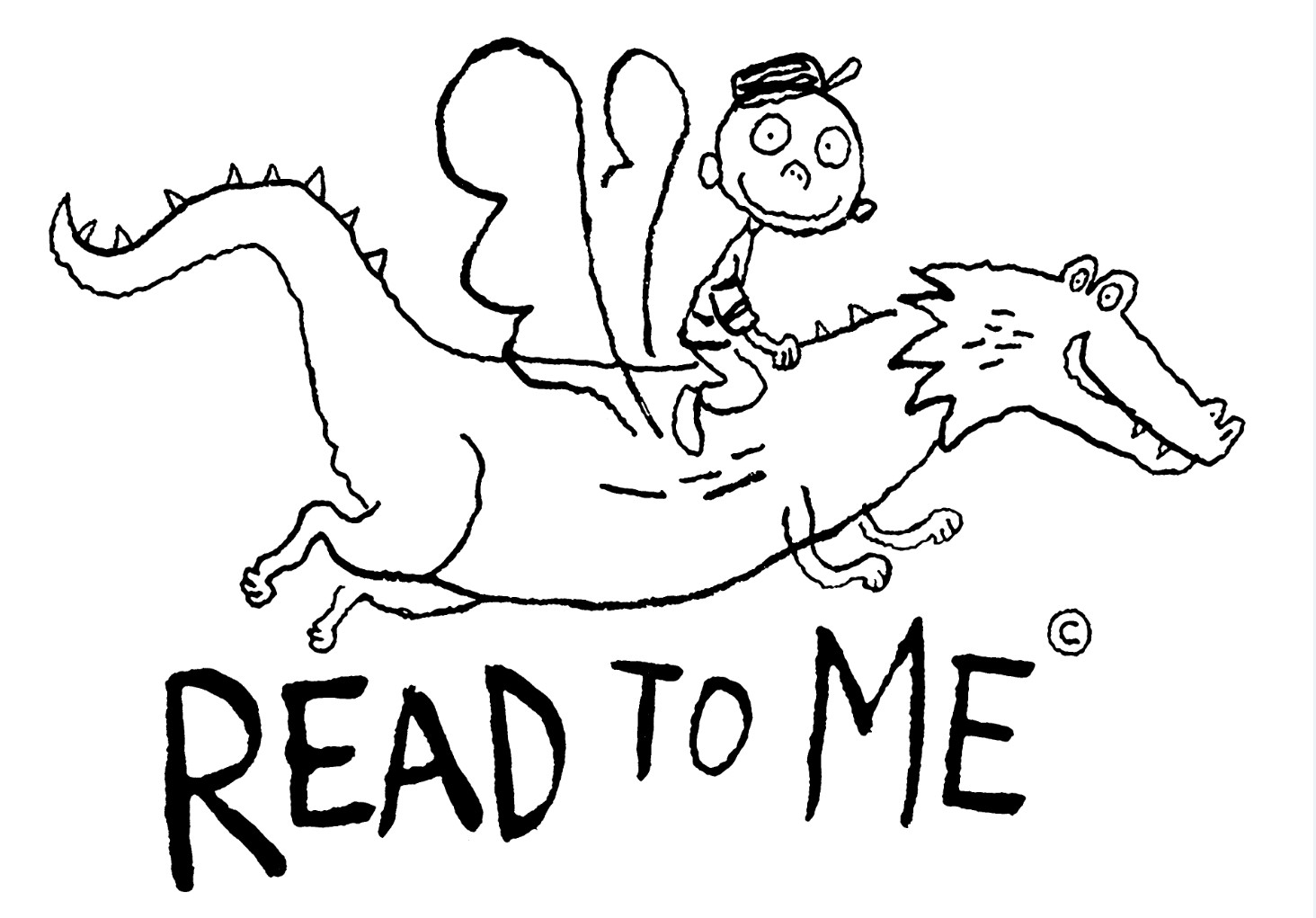The research project Read to Me focuses on assessing children's reading as they read engaging texts aloud. The goal of the project is to provide teachers with more knowledge about the relationship between motivation and reading.
Read to Me is a research project at the Norwegian Reading Centre, University of Stavanger. The goal is to develop a tool that teachers can use to closely monitor students' reading progress. Additionally, the researchers in the project want the students to be engaged in their reading while being assessed. The project is being conducted in collaboration with Norwegian teachers and students from first to fourth grade. The Research Council of Norway has granted NOK 12 million to Read to Me, which will run from 2021 to 2025.
The project leader is Bente R. Walgermo.
Reading skills and motivation are closely connected.

Resources to use in your Classroom

When a child learns to read, it requires motivation. Motivation and reading skills are closely connected — both in the crucial beginning stages and in further development. Despite this, motivation is often seen as something 'extra' or as a simple reward and is often considered less important than reading itself. However, for students who find reading difficult, motivation is even more crucial than for those who pick up letters easily. The "Read to Me"-research project is developing a tool that motivates students while the teacher assesses their reading aloud.
In "Read to Me", researchers and teachers are testing a method to notice what students struggle with, but without the student feeling evaluated. In this method, the teacher receives two tools: one tool for precisely identifying what the student is struggling with, and another tool for selecting the feedback to give the student, so that they feel encouraged to learn and read more.
The two tools come in the form of a checklist and a tips list. These lists are especially relevant for those working with children in grades 1 to 4. The materials were tested in the fall of 2024, so only a short version is currently available. After the materials have been tested, they, along with engaging reading books, will be available in the form of a book box.
Below, you will find "Checklist for Assessment" and "Tips for Feedback," in addition to finding the digital book "Evertything you read mixes with what you already know" and an animated film for use in the classroom. All illustrations in the project are created by the award-winning illustrator Øyvind Torseter.
Below you will also find four videos you can send to the students parents and guardians, and they are specific tip to how to practice reading at home.
Digital book: Everything you read mixes with what you already know
This book can be used to demonstrate that we almost always perceive and interpret things we read differently.
Reading is interpreting! What does that mean? Specifically, it means that a student has understood a text differently than the teacher or another student — and that this is a good thing.
However, not all interpretations are equally likely, and that is something we can discuss. For example, we can ask: Which interpretations are well-grounded in the text?
Can the text be read in multiple ways? The idea is that when a student can have their own interpretation of a text and must justify it, the student becomes an empowered reader.
In this way, the student owns the text through their interpretation.
Videos to parents and guardians:
As a parent or guardian, you play an important role when your child is learning to read. You can help foster increased motivation, mastery, and a love for reading. In these videos, you will find practical tips on how to support your child’s reading at home.
About the research in "Read to me"
Read more about our research.

What happens when teachers receive support in giving feedback that strengthens both reading skills and motivation?
by Karianne M. Grønli, Bente R. Walgermo, Erin McTigue, and Per Henning Uppstad, National Centre for Reading Education and Research, 2025)
In this study, we explored how the “Read to Me” checklist can be used as a tool for teachers in early reading instruction.
Why feedback matters
Teachers give feedback every day, but we still know little about what makes feedback in reading truly effective . Research on young students’ oral reading has traditionally focused on technical aspects such as fluency, accuracy, and decoding. Much less attention has been given to how feedback can foster long-term learning, build motivation, or strengthen persistence when reading becomes challenging.
A new tool for teachers
The “Read to Me” checklist was developed together with teachers, based on research in reading development, motivation, and feedback. Its purpose is to help teachers notice multiple aspects of students’ reading and provide feedback that supports both skill-building and student agency – giving children the chance to understand, influence, and actively engage in their own reading.
What we discovered
Before using the checklist, teachers reported that their feedback mostly targeted technical skills like decoding and accuracy. Students’ comprehension, motivation, and personal engagement with the text received less focus.
After a short period of using the checklist, however, feedback became more varied – both in what aspects of reading teachers commented on, and in how they communicated their feedback. Technical skills still received most attention, as recommended in the literature, but teachers also placed emphasis on meaning, motivation, and the student’s perspective.
Several teachers said the checklist helped them be more intentional with their feedback: not just expecting students to read correctly, but also listening to and observing them as readers with their own thoughts, questions, and potential for growth. Many students reported that they persisted more when facing challenges in a text, and felt a stronger sense of having their own ideas and identity as readers.
Why it matters
The study shows that a simple, research-based checklist can make feedback in reading instruction more systematic and holistic. In busy classrooms, where teachers must make quick decisions as students read aloud, the checklist offers concrete support. It helps teachers give feedback that not only improves decoding and fluency, but also encourages problem-solving, strengthens students’ self-efficacy, and builds a positive reader identity – making reading more meaningful.
This text is based on the research articles:
Grønli, K. M., Walgermo, B. R., Uppstad, P. H., & McTigue, E. M. (2025). Transforming teacher feedback: A checklist for assessing and supporting reading skills, motivation and student agency in oral reading. Contemporary Educational Psychology, 82, 102377
Grønli, K. M., Walgermo, B. R., McTigue, E. M., & Uppstad, P. H. (2024). Teachers’ Feedback on Oral Reading: A Critical Review of its Effects and the use of Theory in Research. Educational Psychology Review, 36(4), 121
Read the full article "Feedback Practices on Young Students’ Oral Reading: A Systematic Review" written by Karianne M. Grønli, Bente R. Walgermo, Erin McTigue and Per Henning Uppstad.
















